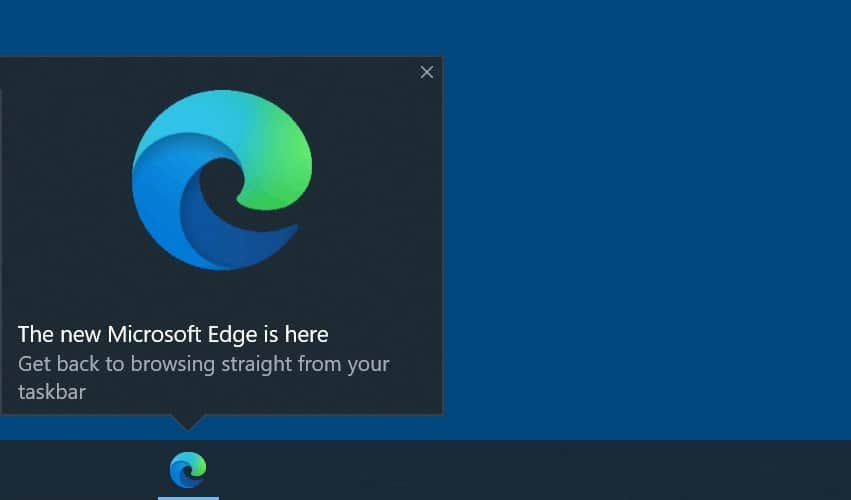Microsoft explains how they improved notifications and badging in Microsoft Edge
3 min. read
Published on
Read our disclosure page to find out how can you help MSPoweruser sustain the editorial team Read more

In a blog post, Microsoft shared more about the work they are doing to ensure users receive the web notifications they want to see.
Background notifications
One of the biggest improvements to the new Edge is the arrival of support for background notifications while the browser was closed.
Taking advantage of background notifications is easy, and any site which supports web push notifications using the web standard Push API, Notifications API, and web push protocol is already supported. Web developers don’t need to make any special changes to their website for users to receive notifications while Microsoft Edge is closed—it all just works. This feature is available now for anyone using Edge 85 on Windows 10 version 20H1 and above.
Notification badges on the taskbar/dock
While notification toasts—the little messages that appear with important alerts—are incredibly helpful when used properly, some types of notifications are better suited to a more lightweight update. For years, desktop and mobile operating systems have supported showing a badge with a notification count on surfaces like the Windows taskbar, macOS dock, and Android or iOS home screen, but this feature has always been limited to native apps. With the latest version of Microsoft Edge, PWAs and pinned sites can now display badges as well.
Basic support for badging PWAs has been available on Windows and Mac since Edge 81, as well as in other Chromium browsers. Developers can set and update badges using the Badging API from documents or service workers. Service workers allow users to receive notifications or badge updates when the site or PWA is not open. However, for privacy reasons, updating a badge via the service worker push event also requires that the site show a toast notification. Users must also opt into receiving notifications from the site.
Unfortunately, one of the drawbacks of badging in most browsers is that badges can only be shown on the taskbar while the PWA is open. But with the recent changes Microsoft made to Microsoft Edge, badges can now be shown on the taskbar at any time. This, combined with the background notification capability, removes the key limitations of badging and ensures that users can rely on taskbar badges regardless of whether the PWA or Microsoft Edge is running. Microsoft also added support for badging pinned sites, bringing the feature to any web-powered experience on the taskbar.
Between background notifications when the browser is closed, more reliable badging, and support for badges on pinned sites, users can rest assured they’ll always receive important updates for their favourite sites in Microsoft Edge. And best of all, developers who are already using service workers for notifications and badging don’t have to do a thing.
To take advantage of these improvements, users must be on Edge 85 (for PWAs) or Edge 87 (for pinned sites) with Windows 10 version 20H1 or higher. Web developers can read more how to implement these features at Microsoft here.









User forum
0 messages